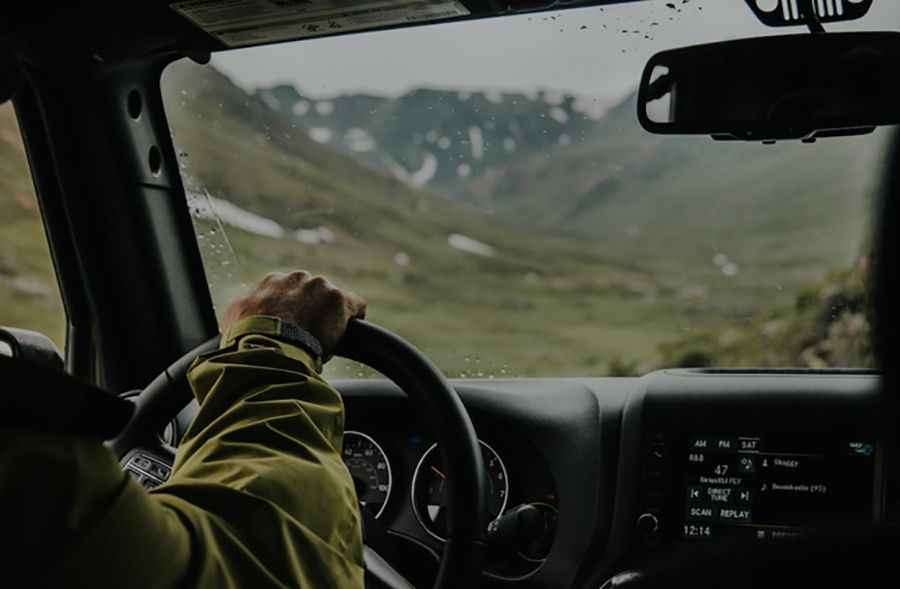5 Driving Tips for Safe Hill and Mountain Navigation
There are many beautiful mountainous regions and states around the country. When you’re an adventurer wanting to experience as many attractions as possible, it’s only natural to plan trips to these areas.

While you might tick many essentials off your list, such as flights and accommodation, how you’ll navigate these challenging environments safely doesn’t always make it to the list. If you’re about to explore new places featuring hill and mountain roads in remote areas, keep some of these driving tips in mind.
Service Your Vehicle
Before you check out a road trip itinerary for Colorado to see which beautiful mountainous roads you’ll be able to explore, consider calling your local mechanic to book your vehicle for a check-up and tune-up.
While you might be confident in your vehicle’s abilities, mountainous environments can present new challenges that it might not be capable of. Mechanics can ensure your brake and transmission fluids are full, your brake pads are in good condition, and your battery performance is satisfactory. They can also check tire pressures, replace unsafe tires, and provide general advice to reduce the risk of unexpected breakdowns.
Plan Your Fuel Stops
When you start exploring some of the most remote parts of the world, gas stations are not as easy to come by. Sometimes, there can be hundreds of miles between fueling opportunities on lonely roads, which you might not have anticipated. Before setting off somewhere new, identify fuel stations on a map of where you’ll be traveling and calculate how many miles you can achieve on one tank. You can then have complete confidence that you won’t be left stranded with no fuel.
Keep Your Headlights On
It might not make sense to keep your headlights on during the day, but weather conditions can be challenging in mountainous regions. You might encounter snow, fog, rain, and poor lighting around dusk and dawn. Even if you can see just fine without them, put them on as a ‘just in case’ measure to make yourself more visible to other drivers on the road.
Be Prepared for Emergencies
Road trips are supposed to be exciting and fun, but you don’t always know what you will encounter or experience in unfamiliar places. Prepare for emergencies by packing extra food, water, first aid equipment, tools, clothing, and blankets. While you might not anticipate needing your extra supplies, it can be a weight off your mind knowing they’re there.
Be Careful On Steep Hills
Your instincts can sometimes tell you to keep your foot on the brakes as you go downhill, but it might not do your engine and brakes any favors. Keep your brakes cool by using quick, light taps, and anticipate any tight corners to prevent the need for heavy braking. It’s also essential to downshift into a lower gear before you descend rather than during the downhill drive. Doing so might reduce the stress placed on your engine and brakes.
Driving hilly and mountainous roads might require a different approach than you’re used to. When you start planning for your next adventure, keep these tips above in mind. You may just find that they allow you to stay safe and drive with confidence.